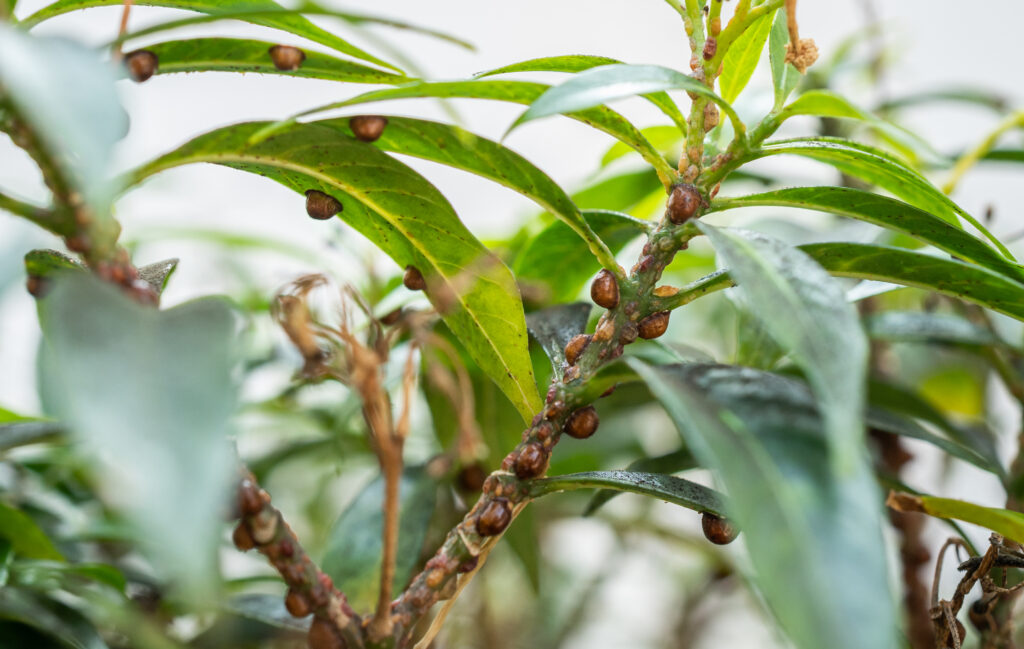Mealybugs: Deceptive Characteristics, Ecology, and Agricultural Impact
Mealybugs Mealybugs, belonging to the family Pseudococcidae, are small, soft-bodied, sap-sucking insects that pose significant threats to agricultural and horticultural ecosystems. These pests are commonly found on a wide variety of host plants, including trees, ornamental plants, and greenhouse crops. Their ability to extract plant sap using specialized mouthparts not only weakens their host plants […]
Mealybugs: Deceptive Characteristics, Ecology, and Agricultural Impact Read Post »




